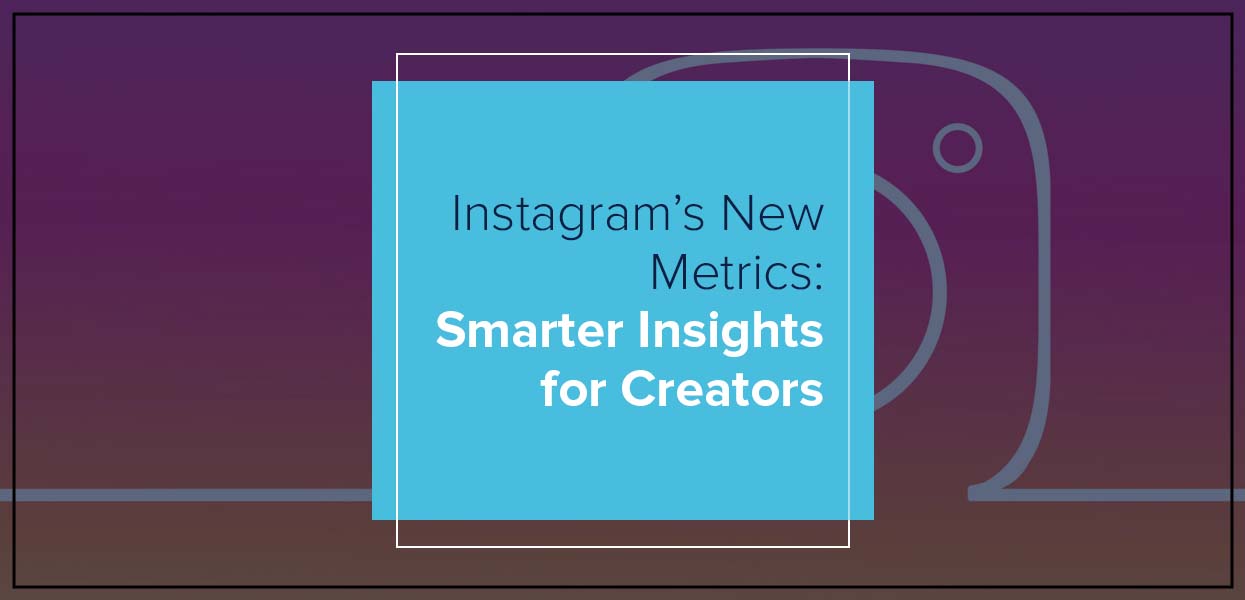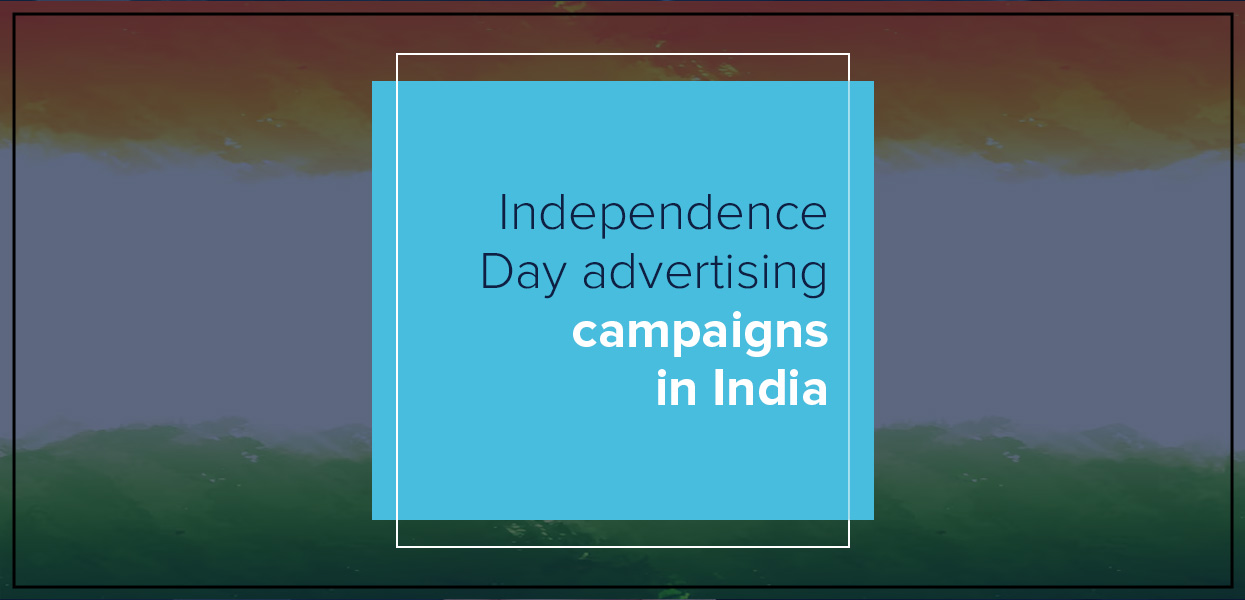Paid Ads vs Organic Growth: What Should Your Brand Focus On?

Let’s get one thing straight: this isn’t just another digital marketing debate; it’s a real question about where to invest your time, budget, and energy.
Most brands face this fork in the road: paid advertising or organic growth. One promises quick results. The other builds a lasting presence. Both are part of a solid digital marketing strategy, but knowing when to use which, and how to balance them, is what separates smart brands from struggling ones.
Here’s the thing: many startups waste budget on paid marketing without a long-term SEO strategy. At the same time, small businesses often pour time into content marketing that never drives traffic because they ignore distribution. If you’ve ever asked, “Should we focus on paid ads or organic content?”, what you’re really asking is: “Do we want short-term traffic, long-term trust, or both?”
In this blog, we’ll break down the pros and cons of both approaches, compare how they impact online visibility, and show how the right mix of paid and organic strategies can fuel sustainable growth.
Let’s get into it.
Understanding Paid Advertising
Paid advertising is the fast lane. You put money behind your message, and it shows up right where your audience is, Google search results, Instagram feeds, YouTube videos, LinkedIn scrolls, and beyond. Whether it’s pay-per-click (PPC), display ads, or social media promotions, paid marketing gives you control. You choose the audience, the timing, the placement, and the budget.
The biggest strength is speed. Need traffic today? You can have it in an hour. Running a product launch, a webinar, or a limited-time offer? Paid ads give you the visibility you need, fast.
Additionally, the targeting options are highly effective. You can target specific demographics, interests, behaviors, or even individuals who have visited your website before. That level of precision is what makes paid advertising a go-to channel for direct response campaigns.
But here’s the catch. As soon as you stop paying, the traffic stops too. There’s no compounding effect. You’re essentially renting visibility. And if you’re not optimizing constantly, ad costs rise while ROI drops.
Paid campaigns work best when they’re backed by clear goals, solid landing pages, and strong messaging. Without that, you’re just throwing money at clicks that don’t convert.
What this really means is, use ads to get attention, but don’t depend on them to build trust. That’s where organic growth comes in.
Understanding Organic Growth
Organic growth is the long game. Instead of paying for clicks, you earn attention by showing up consistently where it matters: search engines, social platforms, and inboxes. It’s everything from search engine optimization (SEO) and blog writing to content creation, email marketing, and building a strong presence on platforms like LinkedIn or YouTube.
At its core, organic marketing is about creating real value. You're not interrupting people with ads; they’re finding you because your content answers their questions, solves their problems, or inspires action. That makes it a powerful inbound strategy.
The main advantage is sustainability. A well-optimized blog post can bring in traffic for years. A helpful YouTube video can keep ranking and converting long after it’s uploaded. Unlike paid campaigns that disappear the moment the budget runs dry, organic assets keep working in the background.
More than that, organic growth builds brand authority. When people see your name pop up in search results, social posts, and industry conversations without being pushed, it creates trust. You're not just another brand screaming for attention, you're the one they actually want to hear from.
Of course, this approach requires patience. It takes time to gain traction. Results aren’t immediate. And it demands consistency, regular posting, smart optimization, and audience engagement. But if you're playing for long-term digital growth, this is the strategy that compounds over time.
And when paired with paid campaigns, organic content becomes the foundation that supports every click, visit, and conversion.
Paid Ads vs Organic Growth: Head-to-Head
Let’s break this down in plain terms.
Paid advertising gives you immediate results. You turn on a campaign, and traffic starts flowing. It’s ideal for time-sensitive promotions, product launches, and short-term lead generation. The downside? As soon as you stop paying, the visibility vanishes. It’s a high-cost, high-control model, you can target precisely, but you have to keep feeding the budget.
Organic growth, on the other hand, is slower to build but lasts much longer. It’s rooted in trust. When people find your brand through a Google search, a helpful blog, or consistent social engagement, they’re more likely to stick around. This type of traffic compounds over time. One well-optimized piece of SEO content can drive traffic for months, even years, without additional spend.
When it comes to marketing ROI, paid ads offer speed, but organic wins on sustainability. Paid gets you noticed quickly. Organic gets you remembered. Paid works well when you need control and scale. Organic works better when you’re focused on brand visibility and long-term credibility.
Neither is better by default, it all depends on your goals. If you’re launching and need fast traction, go paid. If you're building authority and want consistent, cost-effective traffic over time, go organic. The smartest brands blend both. One drives traffic, the other builds trust.
What Stage Are You At?
Your stage of growth should dictate your strategy. Because the truth is, what works for a bootstrapped startup won’t always work for an established brand, and vice versa.
If you’re a new business or startup, paid ads can be a game-changer. You need visibility fast. You’re testing product-market fit, validating offers, and trying to get your first real customers. Paid channels give you control, data, and speed, all critical in the early days of customer acquisition. But here’s the trap: too many early-stage brands burn through cash without building any long-term traffic source. That’s where early investment in SEO, content, and social presence starts to pay off in parallel.
If you're in the growth stage, your focus shifts. You’ve validated your offer. You’ve got some traction. Now, it's about building a brand that scales. This is where you want to balance paid campaigns with a strong digital brand strategy. Start publishing content that ranks. Build an email list. Focus on owned channels. Make organic work while paid keeps the growth engine running.
For established businesses, organic should be leading the charge. At this point, brand equity matters. Trust matters. Community matters. Paid ads still have a place—retargeting, new launches, lead gen, but your real edge comes from showing up consistently in search, social, and conversations that matter to your audience.
Wherever you are in the journey, the smartest play is to use both paid and organic intentionally, not randomly. Let paid get your audience in the door. Let organic keep them coming back.
How to Combine Paid and Organic Effectively
The smartest brands don’t choose between paid and organic. They built a system where both work together.
Here’s how that looks in practice.
Start with paid ads to test fast. Whether it’s a new offer, lead magnet, or product, ads give you immediate feedback. You see what clicks, what converts, and what doesn’t. That real-time data isn’t just for ROI—it should shape your SEO content strategy, your landing pages, and even your messaging.
Then, use that insight to power your organic efforts. If a certain ad headline gets high engagement, turn it into a blog topic. If a paid campaign drives traffic but no conversions, your website or content needs work. This back-and-forth is what creates synergy between the two channels.
Now flip it. Use organic content to fuel your ads. Promote your highest-performing blog posts, case studies, or videos using performance marketing. This warms up cold audiences, reduces ad fatigue, and keeps your messaging from sounding like a sales pitch.
Your digital growth plan should treat paid and organic like two parts of the same engine. Paid drives top-of-funnel attention. Organic nurtures and converts. Paid gives scale. Organic gives depth.
The goal is never to rely on one. It’s to use paid to open doors and organic to build relationships behind them.
Common Mistakes to Avoid
This is where a lot of brands lose money or momentum, not because their strategy was wrong, but because their execution was sloppy.
Mistake 1: Relying only on paid ads.
If your entire marketing strategy depends on ad spend, you’re always one budget cut away from silence. Paid is great for reach, but it doesn’t build trust on its own. Without a strong foundation of content or brand presence, paid clicks often bounce without converting.
Mistake 2: Assuming SEO is free.
Organic growth doesn’t require media spend, but it’s far from free. It takes time, effort, consistency, and often a team behind it. Treating it as an afterthought or expecting quick wins from a few blog posts will only lead to disappointment.
Mistake 3: Creating content with no strategy.
This is one of the biggest content marketing mistakes out there. Posting random blogs, reels, or carousels won’t drive meaningful traffic unless they’re part of a larger SEO strategy or funnel. Every piece should serve a purpose: ranking, educating, nurturing, or converting.
Mistake 4: Ignoring retargeting.
Too many brands spend on top-of-funnel ads but forget about retargeting. People rarely convert on the first click. Retargeting with value-based content, like testimonials, case studies, or email signups, is where conversions actually happen.
Avoid these, and you're already ahead of most.
Conclusion
So, should you invest in paid ads or double down on organic growth?
The real answer is you need both. Paid gets you traffic. Organic earns you trust. Paid is the accelerator. Organic is the engine.
A smart digital growth strategy doesn’t treat them like separate channels. It uses paid media to test and scale, while building a foundation of SEO content, social proof, and consistent brand presence that keeps delivering even when the budget pauses.
If you’re just starting out, lean into paid to get quick feedback and early traction. But from day one, start creating the kind of content that builds your brand over time. That’s how you move from chasing clicks to building something sustainable.
And if you’re already running ads, ask yourself: what happens when they stop? If the answer is silence, you’ve got work to do on your organic front.
Bottom line, the most effective marketing ROI comes when paid and organic support each other, not when they fight for your attention or budget.
Now’s a good time to audit your current strategy.
Are you growing fast, or just paying for traffic?
Are you building a brand, or just chasing reach?
Build for both. That’s how real content-driven growth happens.
Want more sharp takes and real strategies that work? Stick with Uniworld Studios, we break it down without the fluff.
Categories
- Digital Marketing
- Website Development
- Graphic Design
- Content Writing
Latest Posts
-
- Essential Marketing & Advertising Keywords 2025



